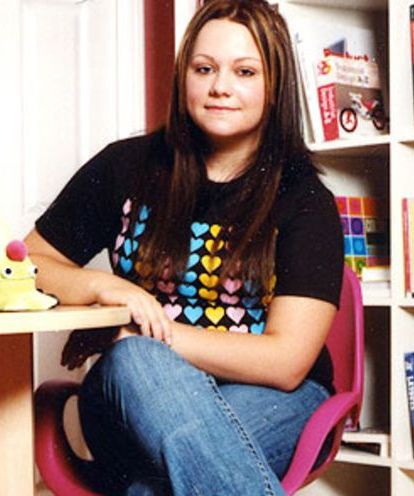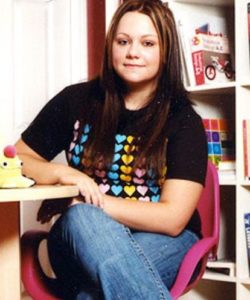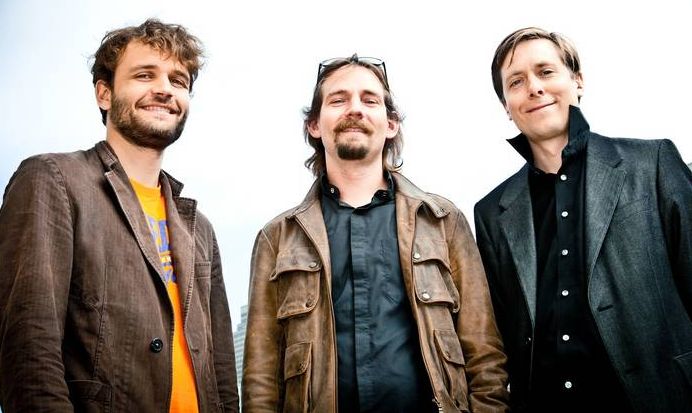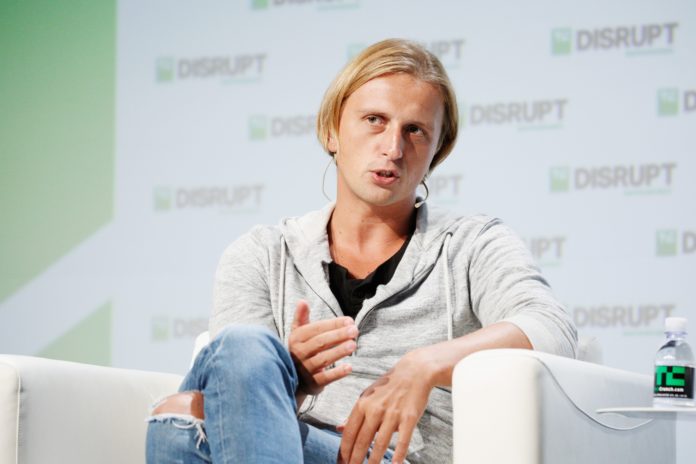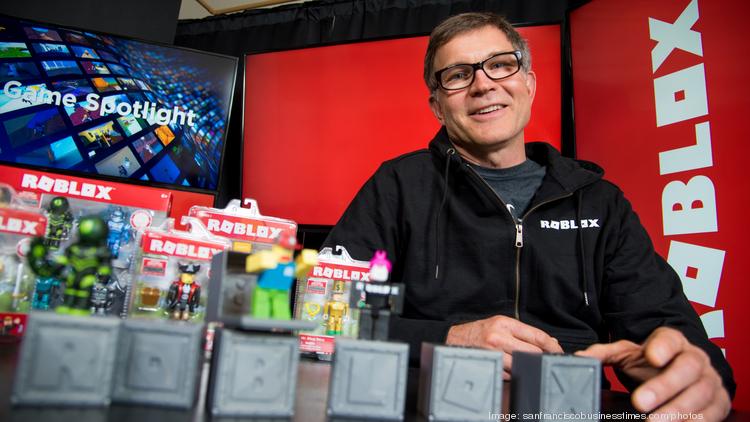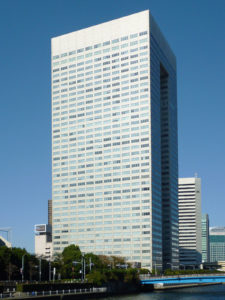Ordermark : A Service that Streamlines the Online Orders for the Restaurants
It has become so easy for us to get things delivered to our doorsteps with just a few clicks, especially food. Numerous food apps provide 30 minutes delivery service, and for us, it is quite easy to use those apps. But for the restaurants, despite the high revenues generated through these apps, it is quite a complex process to keep track of every single app and serve the customers efficiently. Since people are making more online orders, to keep up, the restaurants need to register in all the apps. But some times, it becomes very confusing for them to operate so many apps and carry out the other processes. To deal with this problem, Alan Canter came with Ordermark, a single platform that can connect different apps at one place and streamline the whole food delivery process.
Alex Canter: Early Life and Career
Alex Canter is a native of Los Angeles and a graduate in Computer Science from the University of Wisconsin-Madison. He is also the 4th generation owner of the famous nine decades-old restaurant, Canter’s Deli, based in Los Angeles.
As soon as Canter grew thirteen, he started waiting tables at his family restaurant. And after he graduated, he started working full-time at the restaurant. At the restaurant, he handled the post of operation manager and started experimenting on new ideas to grow their business and improve the services. He came up with the point of sale system and also revamped the restaurant website. With time, the online order services also started expanding, and he also registered his restaurant with multiple online food delivery platforms, like Eat24, DoorDash and Grubhub.
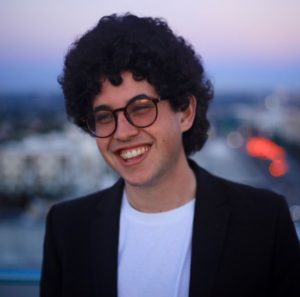
Initially, he experimented with the various food items that their restaurant could serve fresh, sandwiches being the first item on the menu. In fact, he himself went to deliver over 20 orders a day, through some other delivery services. As time passed by, a larger menu was already built for the deliveries. The online deliveries were getting them 30 per cent more revenue, but soon it becomes quite hectic to handle the online as well as offline customers.
Most of the times, the staff was confused, and the various devices that were logged in to different delivery apps caused chaos among them. There were multiple smartphones, laptops, and tablets, all specially used for operating the various food delivery apps. This way, sometimes the online customer was getting late deliveries or wrong food items, or the live customers were turning back without having their food.
These reasons were enough for Canter to think of a better option, as he could not shut down his four generations old live business nor he could bear the loss that shutting down the online deliveries could cause. He even went to meet the other restaurant owners and discussed the matter with them. It did not surprise him to hear that these restaurant owners were also finding it difficult to manage all the orders online as well as offline.
Founding Ordermark
Canter hired a professional team, and after analysing the problem, got to the conclusion that the restaurants wanted a system that could streamline all the orders at one place and print a similar-looking order summary through a single platform. So the aim was to centralise the online orders from different apps to a single app.
Finally, Canter launched Ordermark in January 2017, with six other co-founders, including Mike Jacob founder of TapInto and Paul Allen. The platform included all the locally running delivery services into one and chose Epson to develop a single printer to print every transaction in a similar format. Finally, Canter launched Ordermark in January 2017, with six other co-founders, including Mike Jacob founder of TapInto and Paul Allen. The platform included all the locally running delivery services into one and chose Epson to develop a single printer to print every transaction in a similar format.
With the Ordermark subscription, every restaurant receives a tablet and a printer. The service provided the users with a single dashboard, from where they could streamline the process of taking and processing the orders, such that there is no confusion and the customer service is improved.
Canter and his team helped restaurants with curating their menu and taught them how to use the platform. Also, the Ordermark created a pick-up zone for the delivery drivers.
Ordermark raised a $3.1 million series round led by TenOneTen Ventures, Act One Ventures, and Mucker Capital and a $9.5 million Series A round led by Nosara Capital in 2018. The company raised to 35 employees and 500 signed up restaurants in the same year serving in twenty states in the U.S.
Ordermark Today
Today the company has got four offices in different parts of the U.S. It has gained over 3000 signups from various restaurants, including TGI Friday’s, Qdoba, Veggie Grill, Dickey’s Barbecue Pit, Yogurtland, Johnny Rockets, and Sonic. In July 2019, the company raised an $18 million in a new round of funding. The company intends to target the already running 1 million restaurants, and the ones that will be opened in the coming future.
Alex Canter’s unique idea brought him success in his 20s, which is a great achievement for a person just graduated and a dream for many. For his early achievement, he got his name listed in Forbes 30 Under 30.

Yashica is a Software Engineer turned Content Writer, who loves to write on social causes and expertise in writing technical stuff. She loves to watch movies and explore new places. She believes that you need to live once before you die. So experimenting with her life and career choices, she is trying to live her life to the fullest.

